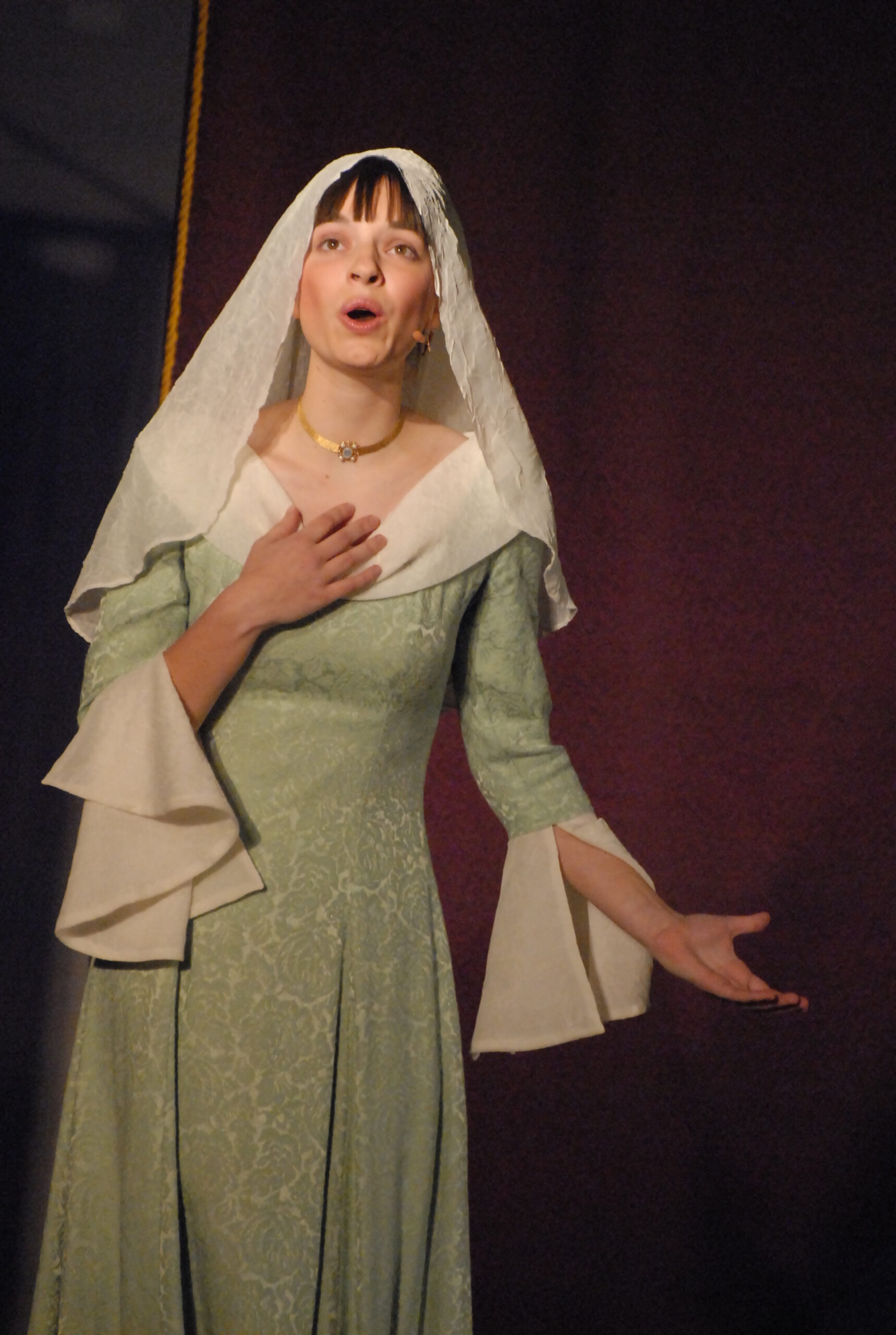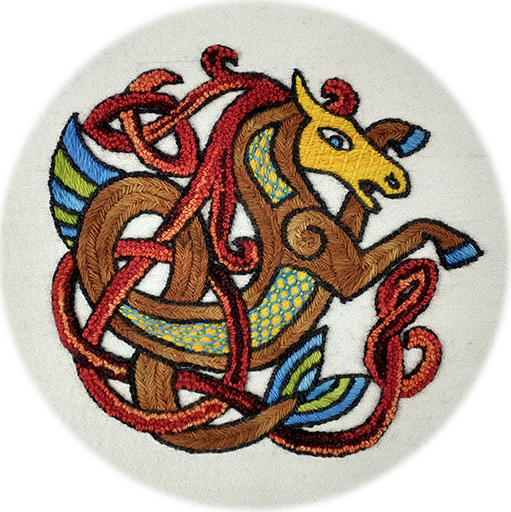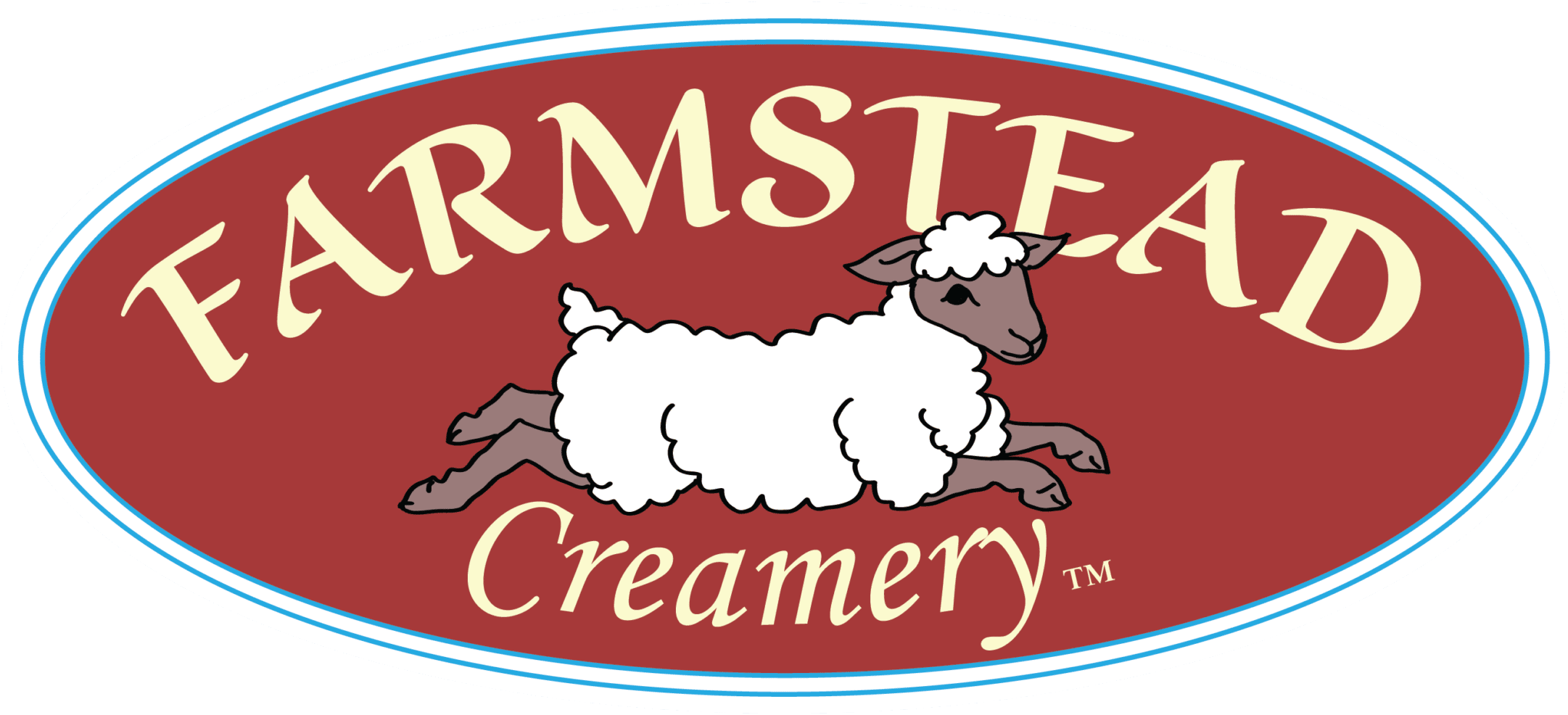Bardic Story Structure

“How do you practice your stories?”
The question hit me as if from a far field as I waited in line at a Midwest storytelling conference as a graduate student. “Practice…my stories?”
The older gentlemen behind me looked terribly earnest with his question. “Yes! Do you go off by yourself and practice them over and over?”
“No…?” Now I was curious where he was going with this.
“Sometimes, I sit in my room with my dog, and I read them over and over, trying to memorize them.”
“Oh.” Now I saw the problem. Memorizing like it’s a poem to get every word exactly the same is not the way of the old school storyteller. But his method had likely been hammered into this gentleman from an early age, perhaps even reinforced with rulers across the knuckles. I felt sorry for him, for I doubted he even really wanted my advice.
The ancient, Celtic bards were required to have very acute memories and recite many things, but as per stories, the structure of learning and retelling them is quite different from rote memorization. That is part of why this was a living, oral tradition, not a static, literary one. Instead of perfecting each last word to be an exact replica of a previous performance, bards learned their stories by listening to them being told, paying attention to the steps along the way. First A happens, then B happens, then C, then D.
Goldilocks tries the porridge, then the chairs, then the beds. But the bears have to leave first, and then return afterwards, or the story doesn’t work. The order is important. Keep the order and all the steps.
Then there are character names and specific phrases, especially those that get repeated during the tale. For instance, if every old woman at the door says, “My child, my dear, you are sobbing so loudly, whatever is the matter?”—keep that! Magical incantations should also retain their original form. But much of the story or the embroidering of it is the individual artistry of the teller in the iterative environment of the performance. When I tell East of the Sun, West of the Moon, I have the girl give slightly different reasons for her journey to all the characters she meets, so we can watch her mature and harden her resolve to save the prince from the ogress’ daughter with the nose that is nine ells long.
You may have very little time for your story, so a high-speed version is needed, or you may be in a relaxed atmosphere, where you can take your time and savor the tale. You may have an audience where they are well-versed in the symbolisms you invoke, or you may have times where side-trips into necessary backstory make the tale have greater meaning to those not yet initiated in how to understand this saga. This is not a regurgitation—this is a weaving, a birthing of a story that lives in you.
When a story lives in you, there is an intimacy with the characters and their place in the lineage of folklore and myth. This is why it is important for the bardic storyteller to be versed in tale types and archetypes and know how this particular story fits within the lineage of tales spun, where they come from, and why they were told. No story lives in a vacuum. They are all related. This week, I helped unravel the mystery of stories that include eating children (or threatening to eat them) as having a common lineage to a time of great famine in the mid 1300’s. It makes the peril even more real, knowing this sprung from a time when parents really did leave their children in the forest because they could no longer feed them.
There can be a real artfulness to sharing the context of a story as you go, so no listener is left behind. This is one of my favorite parts of bardic performance—weaving worlds while also bringing in meaning and depth. I’ve noticed it helps the listeners in remembering the tale as well.
“I signed up for this class really because I wanted more Laura story time.” Is not an uncommon introduction during the first session of my fiber arts Zoom classes! And when we get to the part where I announce it’s time for this week’s story, I can watch shoulders relax and faces smile.
We all yearn for a good story, not a memorized trope. We yearn for a teller who can weave one that touches us, where we are, right then in the moment. And through that journey, we connect with the long fingers of memory within that story and the shared journey of the telling.
So no, please, don’t sit in your room (though perhaps your sweet dog doesn’t mind) and practice it over and over. Practice pulling a story out of your heart’s pocket and share it, live, with those you can trust. Each time, you’ll grow a little braver, until it’s part of how you be.



